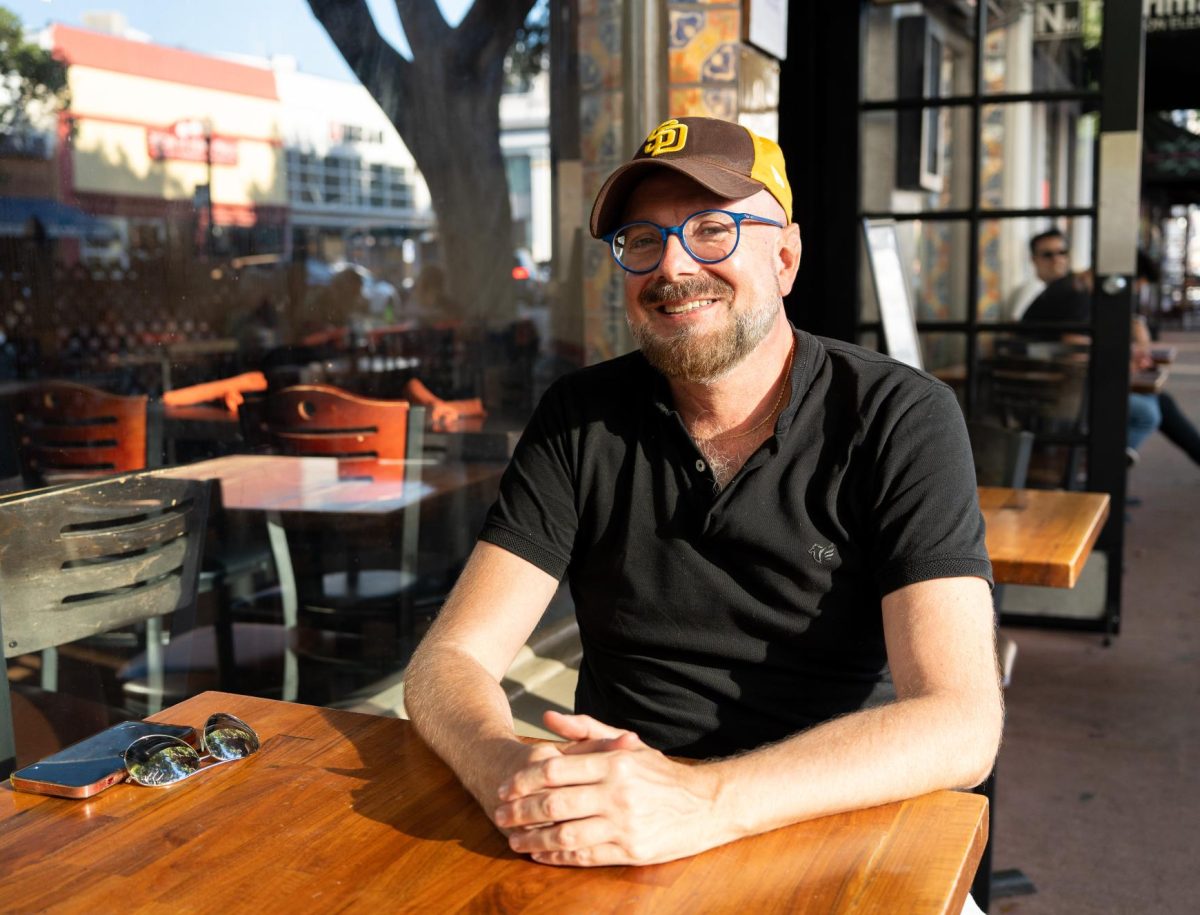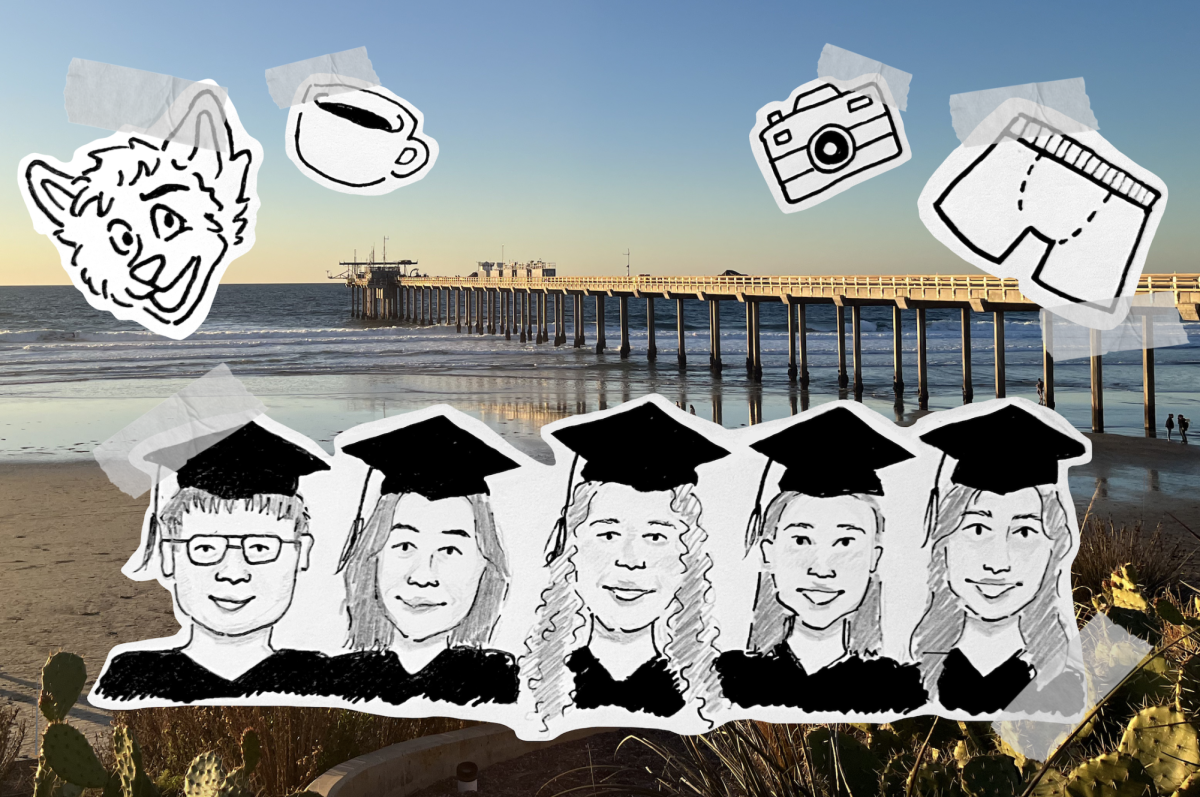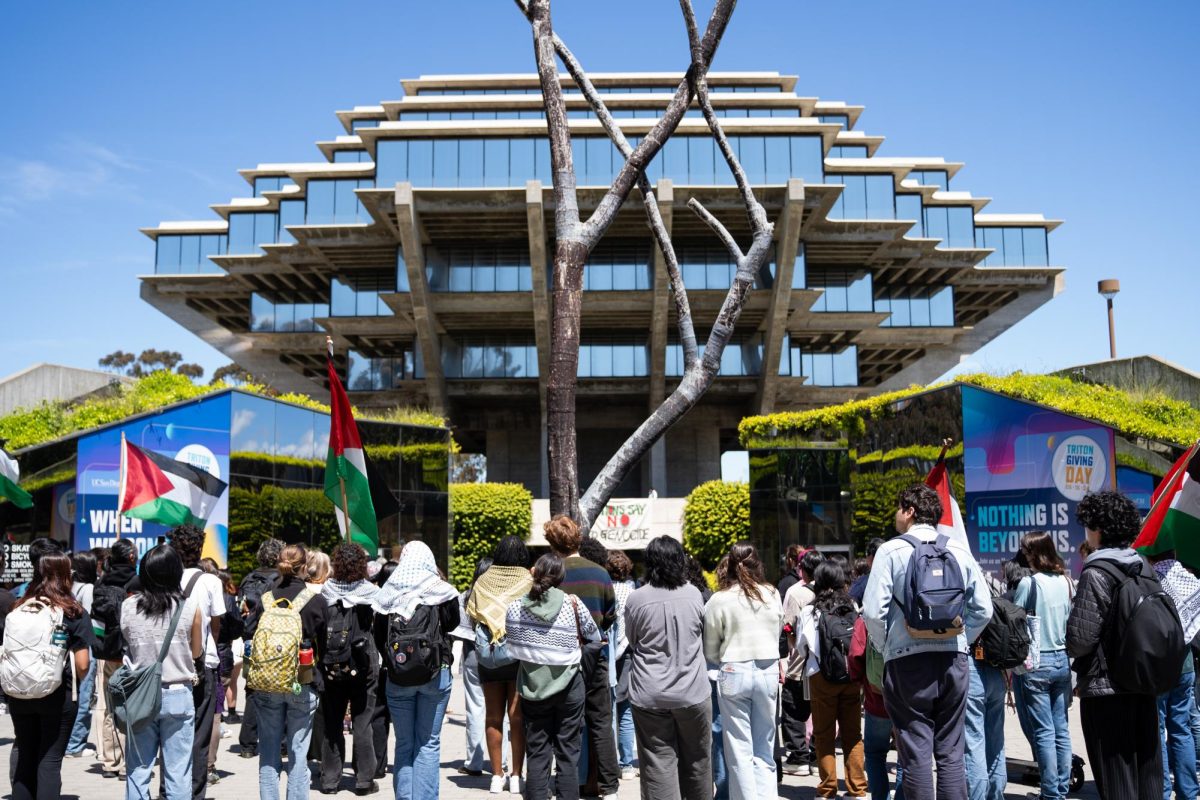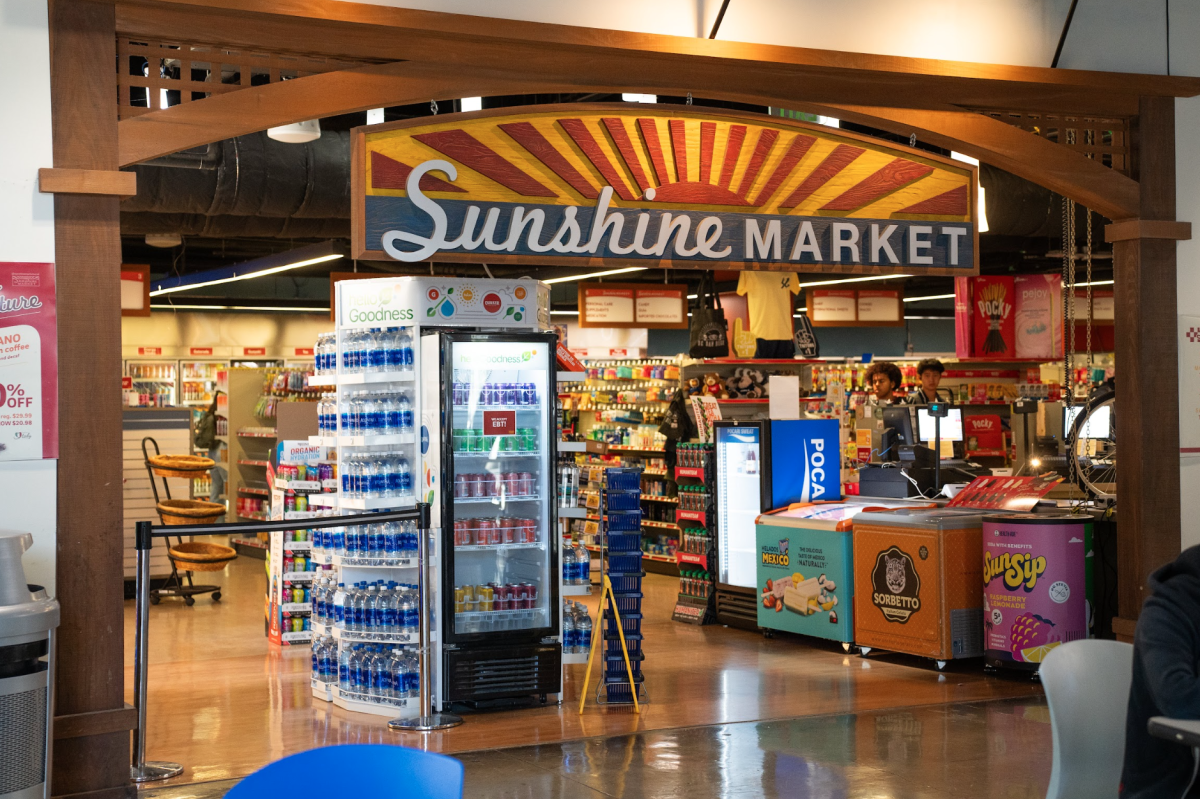If this month’s three parking forums revealed anything, it
wasn’t a pretty solution. It was difficult, if not impossible, to find a solution
broad enough to solve the varied complaints thrown around by staff, faculty and
students — every problem had some linkage to another. Together, the three
forums exemplified UCSD’s parking problem: It’s all one big mess.
Transportation and Parking Services’ recently released study
poses a bleak picture to our campus. Its bottom line screams, “We’ve run out of
room and money to give students convenient campus access.” The most impulsive of cure-alls would see the
building of a multi-story parking structure, a plan that would minimize land
usage, expand available student parking and use increased fee revenues to pay
for it all. But that model failed miserably at
Diego
where students scoffed at higher permit prices, sending the fund into a
ditch-deep deficit. A handful of UCSD brass, including members of the
All-Campus Commuter Board, A.S. Council and administration, have rightly kept
the idea at arm’s length. It is against the interests of students to have
parking, but not enough gas money.
T&PS’ best answer to campus parking troubles is
painfully minimal: Don’t park on campus. Bike, bus or use any transit
alternative that won’t take up the parking spaces that UCSD doesn’t have. Not
exactly a student-friendly solution, but it’s the best detour T&PS Director
Brian d’Autremont has identified so far. His regional bus pass proposal is
perhaps the only thrilling component; by allowing students entry to any one of
Diego
potential to change UCSD’s local profile, and how the college’s students
interact with the city around them. When d’Autremont arrived last year, he told
the Guardian that he hoped to prioritize and encourage sustainability;
promotion of public transportation puts him a step closer toward fulfilling
that goal.
Unfortunately, long-term payback from sustainability will
more immediately hurt students. With the amount of free parking slumping,
freshmen may be barred from on-campus parking within five years. If, by then,
d’Autremont’s transit pass plan hasn’t taken shape, he’ll be left with unhappy
students, nightmarishly upset over the prospect of being trapped on campus.
This board supports any proposition that advances
alternative transit and is locally tied. But the burden is on the campus’
parking department to correctly implement its plans, and that job won’t be
easy. It will require a change in campus mentality, one that is already
entrenched in the convenient habits of single-car commuting. An alternative to
commuting will have to be just as expedient, completely cost-free and thrown in
a student’s face to even seem enticing. Vigilantly planned marketing and
well-honed publicizing schemes are in order. D’Autremont must utilize every
campus node to make his alternatives known, from every college’s resident dean
to every dorm’s resident adviser.
The forums, although depressing in their complexities, offer
the first of hopefully many open communications between parking officials and
the increasingly dejected community they serve.







